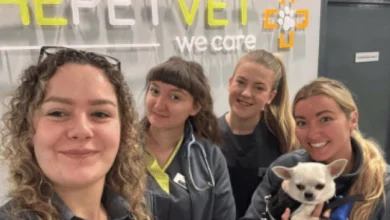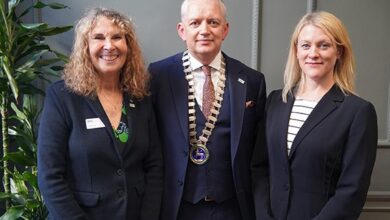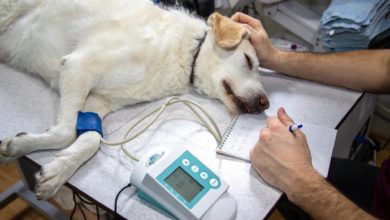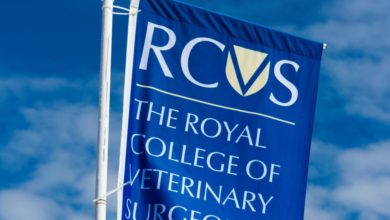Vets urged to test older horses for PPID
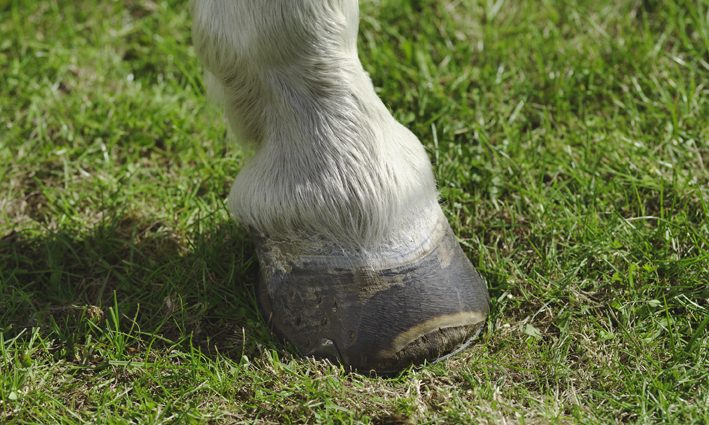
Register to get 1 free article
Reveal the article below by registering for our email newsletter.
Want unlimited access? View Plans
Already have an account? Sign in
Veterinary surgeons throughout the UK are being urged to routinely test for PPID at the annual health check or vaccination visit for horses over the age of 15.
The recommendation follows the analysis of data collected as part of Boehringer Ingelheim’s Talk About Laminitis (TAL) disease awareness initiative, which has seen more than 47,000 horses tested for PPID since it was launched in 2012.
The data revealed that, regardless of presenting clinical signs, a horse aged 15-20 is three times more likely to have PPID compared to a horse under 10, and this risk increases with age. For example, a horse of 20-25 is six times more likely to have PPID compared to a horse under 10 and a horse that is 25-30 is 10 times more likely to have PPID.
Despite the high prevalence of PPID in the older horse population, it is also recognised that the clinical signs of this disease are insidious in onset and that owners may simply associate them with the ageing process. One study demonstrated that in a single population of horses over the age of 15 only 1.6 percent of owners reported signs of PPID. However, when the same group of horses were examined by a veterinary surgeon, 21 percent were found to have signs of the disease.
“It is often difficult for owners to spot the signs of PPID as they frequently associate them with the ageing process. However, PPID is now the fifth most commonly diagnosed disease in horses in the UK,” comments Dr Jo Ireland, veterinary surgeon at the University of Liverpool.
“We are therefore encouraging veterinary surgeons to routinely test horses over 15 years of age or those that are displaying signs of PPID with an ACTH test.”
The early identification of PPID allows owners to make informed decisions about treatment and management to ensure that their horse stays as healthy as possible. This is particularly important when laminitis may be a consequence of uncontrolled PPID.
Raising awareness
The ‘Talk About Laminitis’ (TAL) disease awareness initiative runs from June until the end of October and aims to raise awareness of the underlying hormonal causes of laminitis – PPID and Equine Metabolic Syndrome (EMS). The initiative, supported by Redwings, The British Horse Society and World Horse Welfare, is now in its sixth consecutive year. As part of the scheme, the laboratory fees for the blood test which detects PPID (the basal ACTH test) are free.
Redwings’ head of veterinary and care, senior vet Nicky Jarvis, says: “Any initiative that decreases the incidence of laminitis developing in an older equine is invaluable. Laminitis is an extremely distressing condition for both the horse and the owner and the long-term consequences can be devastating.
“Knowing the underlying cause is a huge help in tackling the disease and we would encourage anyone to take advantage of this offer and get their veteran checked out.”
World Horse Welfare deputy chief executive, Tony Tyler, comments: “The Talk About Laminitis initiative has already helped identify many new cases of PPID and increase owner awareness of the condition, helping horse owners access vital support and treatment options for their horses.
“The veterinary sector has a key role to play in helping to drive awareness of this initiative and in turn, PPID.”
“The Talk About Laminitis disease awareness initiative has been instrumental in identifying PPID cases in laminitic horses,” adds Gemma Stanford, BHS head of welfare. “As signs of PPID develop gradually we are urging owners of horses over 15 years of age to routinely test for PPID.”
For further information on TAL, visit www.talkaboutlaminitis.co.uk or contact your local Boehringer Ingelheim account manager.



